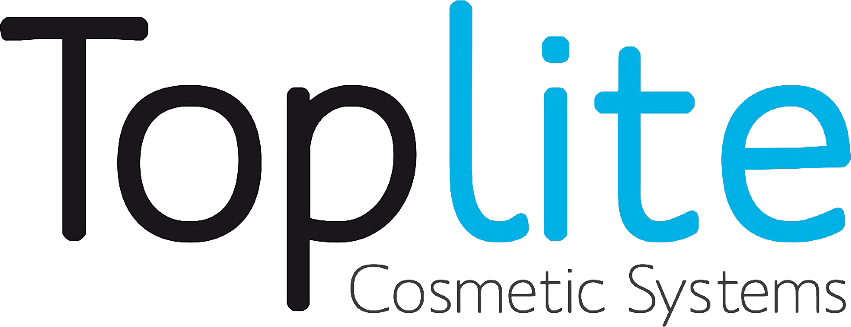IPL technology – Intense Pulsed Light
Hair removal is part of everyday life for most people. Whether it’s shaving your beard in the morning, epilating your legs or waxing your bikini line. Repeated shaving or epilating is often perceived as annoying. After all, hair is constantly growing back at a not insignificant rate. This is precisely why permanent hair removal in the form of IPL treatments is a popular alternative to shaving and the like. Years of experience with IPL confirm the effectiveness of the method.
IPL stands for Intense Pulsed Light. With IPL technology, high-energy xenon lamps emit flashes of light with different wavelength spectra (from 400 nm upwards). The light pulses vary in wavelength (polychromatic light), pulse duration and pulse sequence. Thanks to these variations, IPL technology offers a wide range of treatment parameters for permanent hair removal and various skin treatments.
The light treatments with IPL are based on the principle of “selective photothermolysis”. This involves targeting different body pigments.
The light introduced into the skin with the flash lamp is absorbed by the melanin in the hair and converted into heat. The heat is conducted along the hair shaft into the follicle to the hair root. At a temperature of 70-75 °C, the matrix cells responsible for connecting the stem cells with the follicle to produce new hair are destroyed. Renewed hair growth is not possible as the hair’s growth cycle is irreversibly interrupted.
During IPL treatment, the light pulses are gradually introduced into the skin while the handpiece is applied selectively.
Due to the growth phases explained in the previous section, IPL treatments must be repeated on average 6-12 times at intervals of 3-12 weeks, depending on the area of the body, in order to achieve a permanent result. The energy only reaches the hair roots when the hair is anchored in the follicle. This is only the case in the growth/anagen phase. In total, approx. 15-20% of hair is in this phase at any one time and can therefore be treated.




